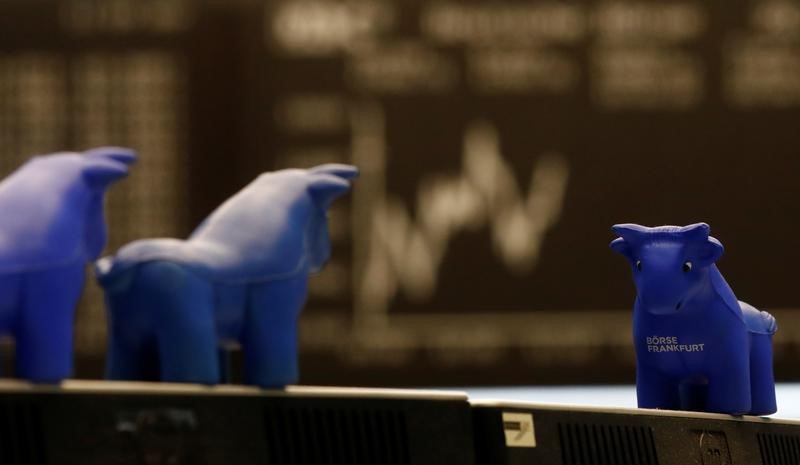This post was originally published on this site

At 02:00 ET (06:00 GMT), the DAX futures contract in Germany traded 0.1% higher, CAC 40 futures in France climbed 0.2% and the FTSE 100 futures contract in the U.K. rose 0.2%.
August was a difficult month for European investors, with the pan-European Stoxx 600 index falling 2.6%, but the new month has started with a more positive leaning, helped by a pleasant surprise from China.
A private-sector survey, released earlier Friday, showed that factory activity in the world’s second-largest economy, and a major export market for Europe’s largest companies, unexpectedly grew in August.
This has helped spur some optimism that the sluggish post-COVID economic recovery of Asia’s largest economy is gathering pace, although this must be tempered by the still difficult conditions in China’s important property sector.
Additionally, the People’s Bank of China said on Friday that it will cut the amount of foreign exchange that is required to be held by banks, as it attempts to support the country’s economic recovery.
A number of countries in the euro region are due to release their manufacturing PMI releases later Friday, culminating in the final number for the eurozone as a whole.
Last month saw manufacturing activity slowing at the fastest pace since the start of the pandemic, and a small improvement is expected with the August figure.
European Central Bank President Christine Lagarde hinted at a pause in the central bank’s rate-hiking cycle later this month, but data released on Thursday showed that eurozone inflation was unchanged at 5.3% in August, defying expectations for a drop to 5.1% as energy costs rose sharply over the month.
However, the day’s most eagerly awaited economic release will occur across the pond, in the form of the August nonfarm payrolls number.
Analysts expect the U.S. economy created 170,000 jobs last month, down from 187,000 the prior month, while the unemployment rate is expected to stay at 3.5%.
Any signs of strength in the labor market would provide the Federal Reserve with more impetus and headroom to keep raising interest rates.
Oil prices edged higher Friday, on course to register strong weekly gains on optimism that the group of major crude producers will extend output cuts to the end of the year.
Russian Deputy Prime Minister Alexander Novak said on Thursday that Moscow had reached a new deal with its peers in the Organization of Petroleum Exporting Countries and allies, a group known as OPEC+, to further cut supplies, and will outline more reductions in production next week.
The reductions will likely add to ongoing supply cuts by Russia and Saudi Arabia, presenting a tighter supply outlook for the rest of the year.
By 02:00 ET, the U.S. crude futures traded 0.3% higher at $83.86 a barrel, while the Brent contract climbed 0.3% to $87.12.
Both contracts were up more than 3% this week, breaking a two-week losing streak, with the U.S. contract in particular benefiting from a substantially larger-than-expected draw in U.S. inventories.
Additionally, gold futures edged higher to $1,966.15/oz, while EUR/USD traded flat at 1.0841.



